The 2021 Google Algorithm Page Experience Update
Google has recently announced their algorithm page experience update for the year 2021 and onwards. As per their claim, it would have some significant additions regarding search results of all websites. If you’re planning to start your business sooner or later, you might wanna build your plan of action around the new update.
Every website requires a professionally done search engine optimization (SEO), and why not because it can get your website organic traffic without having to scam or phish for them. Keeping it in layman’s term, we are gonna help you comprehend everything about this new update.
Table of Contents
What’s with the “Page Experience Update”?
According to Google: “Page experience is a set of signals that measure how users perceive the experience of interacting with a web page beyond its pure information value. It includes Core Web Vitals, a set of metrics that measure real-world user experience for loading performance, interactivity, and visual stability of the page. It also includes existing Search signals: mobile-friendliness, safe-browsing, HTTPS, and intrusive interstitial guidelines.”
At this time, there isn’t much confirmation from Google as to when the update will launch. However, we can join the points to understand what the update will emphasize. There are three components of Core Web Vitals that we’ll now look into.
Largest Contentful Paint (LCP)
LCP refers to the time required for rendering the most extensive text or image on a particular webpage.
LCP optimization
Since large images of parts of text take more load time than the usual, the most feasible way you can cut down this time is by reducing such items. On the other hand, you can use tools to compress their size, making them carry less weight.
With the new update, whatever SEO friendly content you put up can be made LCP effective by using Google’s own page speed tools like PageSpeed Insights. The new algorithm will rate your content on three scores:
- 5 seconds or less is for Good
- 5-4 seconds may require you to make improvements
- More than 4 seconds calls for being poor.
First Input Delay (FID)
The FID or First Input Delay is one of Google’s metrics that helps determine user interactions’ processing speed. For starters, if you are clicking on a particular link, the FID will find out the website’s time length to register the click interaction. This is some crazy stuff since we are talking about even the tiniest second’s click.
Optimizing the FID
As far as research goes, there are no tools for FID to measure user interactions. It’s always a real user on the other side accessing your website’s page. You can start with a different comparison between First Contentful Paint (FCP) and Time to Interactive. If the difference between these two is little or none, consider it a positive sign.
Also, you need to monitor your Total Blocking Time, as it highlights the delay caused by extreme page elements.
For FID, Google will rate it in the following brackets:
- 100ms or less is Good
- 100-300ms means it requires improvement
- 300ms and over is for poor
Cumulative Layout Shift (CLS)
You might have set foot on some website or find a link that you feel should be clicked. Just like that, you are about to press the link and the page either goes up or down and another link is opened. Like how annoying that is!
The only one to blame for this irritating experience are none other than slow-loading page elements like images, videos, etc. The entire movement of these loading elements is referred to as the Cumulative Layout Shift (CLS). The concept behind CLS is important since it influences the page experience of the website visitor.
How to Optimize CLS
For better optimization, your business’s site must load and render the page layout quick enough to prevent the visitor’s experience from ruining by the moving elements.
Google’s Page Speed Insight can be used to measure CLS by categorizing it under three brackets:
- If it’s 0.1 seconds or less, then Good
- 1-0.25 seconds, then it needs improvement.
- 25 seconds or above then Poor.
Additional Components of The Google Page Experience Update
Reading the three main aspects of Core Web Vitals, Google has decided to emphasize most in the 2021 page experience update. However, they have considered a few other things, as well. Understanding it in their own words: “The Page Experience Update also includes existing Search signals: mobile-friendliness, safe-browsing, HTTPS, and intrusive interstitial guidelines.”
Most likely, this points towards those sites that have an off-putting optimization of content for the persistent ranking components will suffer. Just wait for the changes to implement and all such sites getting bashed for once!
What’s The Future of SEO Following The Algorithm Update Release?
By this time, you must be worried about how the upcoming update will change the entire optimization strategy. It’s like you were planning to hire SEO experts with local SEO service to get your page content optimized. But with the new update, you are clueless about what would happen. Well, no need to worry because Core Web Vitals are also a great way to obtain a fruitful user experience. Hence, it’s plausible when we say that CWB will influence your website’s ranking. However, the real question is, to what extent.
What should be done at this time?
Breaking the ice will be an SEO factor to your website that can be used to up its ranking. Hence, you must not stop producing content. Leave it to SEO PRO HUB to create compelling content for you. Our SEO Services are managed by highly proficient experts with years of experience.
Besides, you can strive to improve your core web vitals by understanding what’s lacking in your website on the overall run. Try using Google’s own tools, and if you can’t pull this off, it’s better to get help from a professional SEO company. SEO PRO HUB is not only your local SEO company; they also give guidelines on improving overall website functioning.

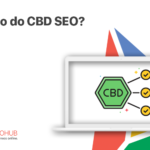
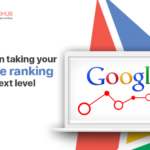
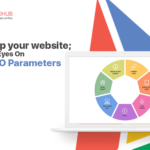

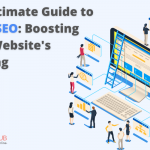
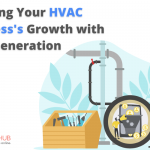
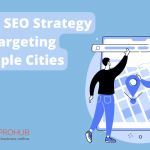


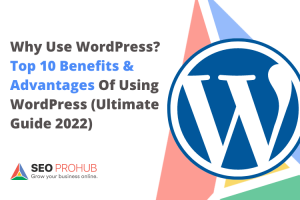
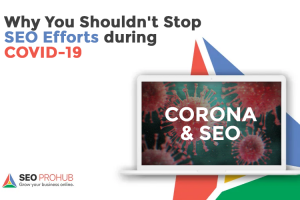
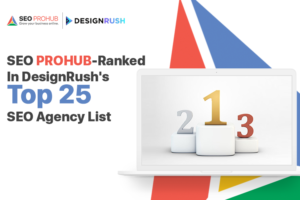
No comments